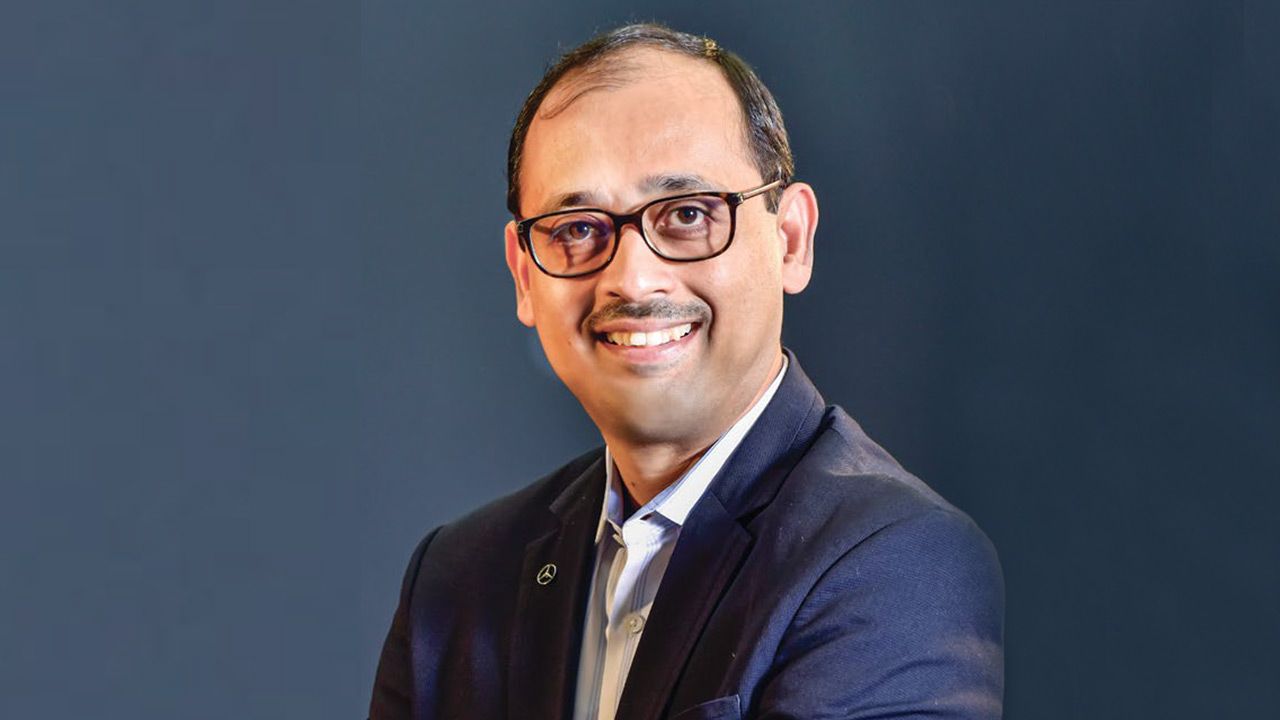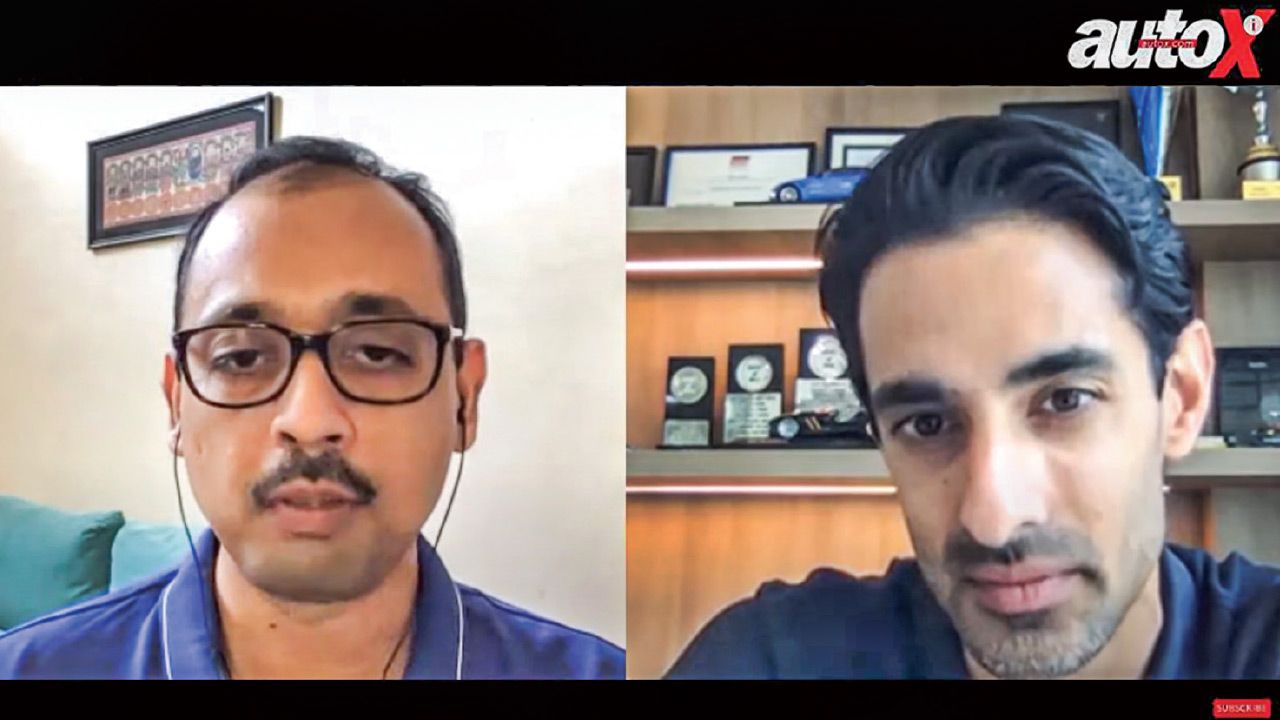After-sales is critical in the luxury car space, what has Mercedes done to increase peace of mind and reduce cost of ownership for your customers?
We realise that we have a very big car park, as we have more than one lakh Mercedes customer cars in India, and one of the critical aspects is a strong word of mouth. So, making our customers happy and making them feel connected to the brand is very important. In 2016, we digitised the entire experience. We started a digital service drive, in which we made sure that not only can a customer book an appointment online, but everything that you see as part of our online services now, the work on this started all the way back in 2016.
One thing that we saw in the luxury car market was that many people wanted to own and drive these cars, but were very worried about the cost of ownership. So, we mitigated that with best-in-class service products, and we made them transparent so that all our service products could be seen online, bought online, and then we also added an extended warranty. We are the only luxury car brand in India that offers a 3-year standard warranty (2+1), and this is something that we’ve been offering for years now. Most other brands stick to a 2-year plan. This 3-year warranty was fine, but customers needed something for the 4th & 5th years as well, so we came up with some very good extended warranty solutions via our financial services company.
What percentage of customers typically opt for a service package?
The market penetration of our service packages is more than 50%, so people obviously like them and, therefore, keep coming back to us.
If someone only plans to drive about 15,000 kilometres a year, and keep the car for three years, should they opt for a service package and extended warranty? And what is the typical service cost of, say, an E 200 if you don’t have a service package?
First of all, I’d advise all customers to opt for a service package, because we’ve seen that customers with service packages tend to use their vehicles a lot more than those who have not purchased one. Let’s say that you have to do a long road trip, say Mumbai-Bangalore, Delhi-Jaipur, etc., and if you don’t have a service package, then you may refrain from undertaking such journeys in a luxury car, worrying about clocking mileage, maintenance, etc., and, therefore, you may use a mass-market car for those types of journeys. I’m not saying that mass-market cars are bad, but it’s simply a compromise many luxury car owners tend to make. Whereas if you buy a service package, that fear or anxiety is eliminated.
Again, I’d recommend going for a service package that covers maximum mileage or unlimited kilometres, because then you can enjoy a luxury car a lot more than when you don’t have a package and end up worrying about the maintenance costs, etc.
Secondly, in the case of an extended warranty, even if you plan on selling the vehicle within three years, the resale value of your car goes up if your car has a 5-year warranty. So, the extra amount of about ₹1-1.2 lakh that you pay for the extended warranty can be recovered as part of the price you charge the next owner. Also, it’s advisable to purchase the extended warranty at the time of purchase, because it’s relatively cheaper than buying it towards the end of your three-year ownership period. As I said, the extra amount you pay for the extended warranty can be recovered by the virtue of your car’s higher resale value.
Coming to the normal service cost, a typical service should cost about ₹20,000-25,000, considering all the basic filter changes. It’s not that expensive, however, given the traffic conditions in India, the wear & tear of components such as brakes is usually more. So, to save yourself from these kinds of expenses, it’s best to opt for a comprehensive package that covers all this. Else, drive carefully and you may actually end up saving some money. If you are a good, cautious driver, you may decide to look after your vehicle in such a way that you would not require a service package. That’s another way of looking at it. That’s why the penetration of our service packages is about 50%, with customers believing in both scenarios.
You have an adapter that can connect to all models that are 2007 and newer, to make them connected cars. How popular is this feature, and what kind of features are most popular with customers once their cars are connected?
If I remember the figures correctly, around 4,000 to 5,000 cars have already been retrofitted. Again, what this also does is raise the used car value in the market. The moment you see a four-year-old C-Class, but it’s connected, the value of the used car goes up. This is something that also goes in our favour, because if our customers get good resale value for their vehicle, they’ll definitely come back to us for their next purchase as well.
As for what features people use the most, of course, when we talk of ‘Hey Mercedes’, its maps. Since we don’t analyse this kind of data, mainly because it’s part of our agreement with the customers that their data will not be analysed for these purposes, we can’t really say which features are used the most. But the fact that a lot of customers are going for this retro fitment of adapters does give us a fair idea about the growing interest in connected car features.

Also read - Interview with Martin Schwenk, MD & CEO, Mercedes-Benz India
Interview with Santosh Iyer, VP, Sales & Marketing Mercedes-Benz India


























Write your Comment